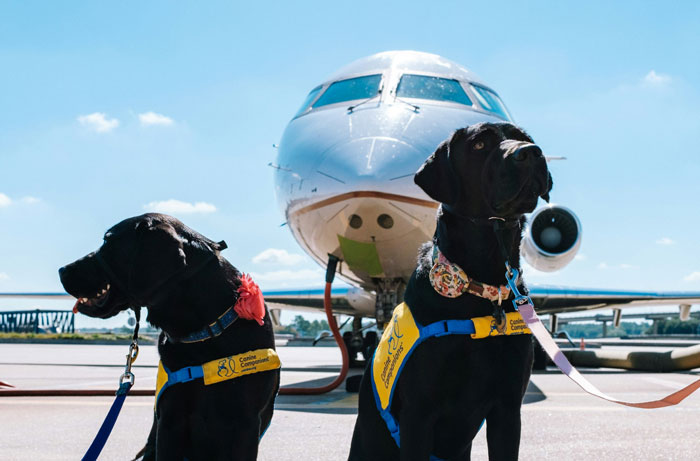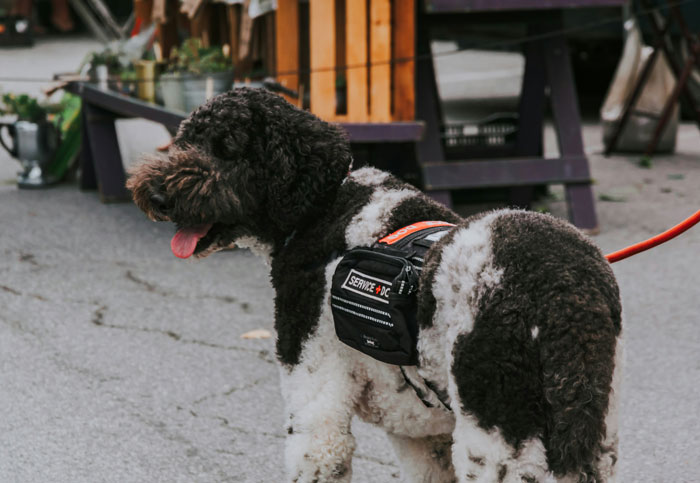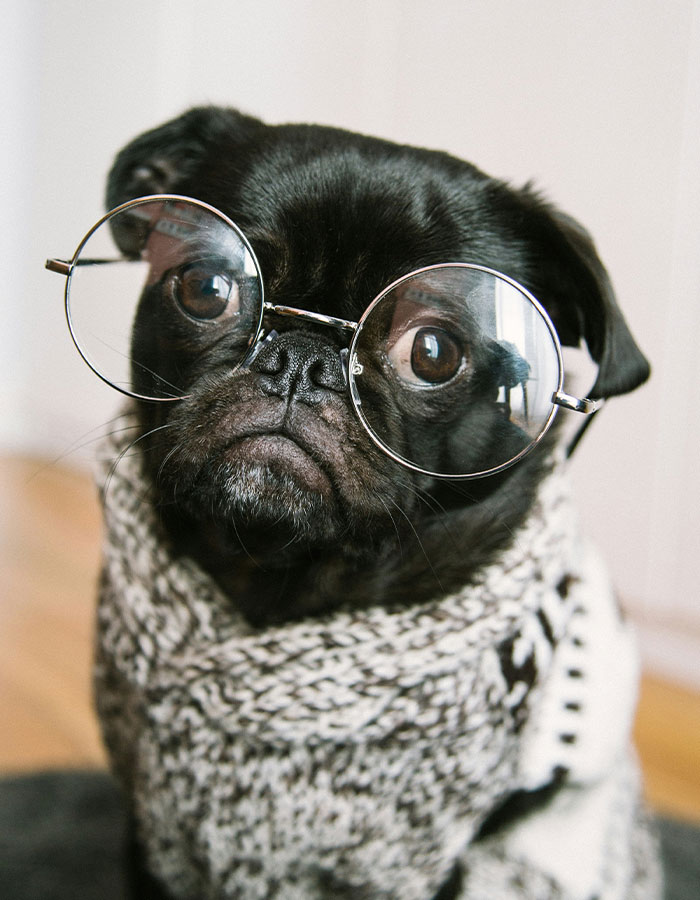A few decades ago, dogs were seen as animals that could hunt, herd livestock, and offer protection. Nowadays, these canines may be morphing to fit into the largely sedentary, modern lifestyle of a human, evolving into animals more appropriate for an urban environment.
Dogs may be entering a new wave of evolution as humans’ need for companionship grows
Share icon Image credits: Jamie Street / Unsplash A study concluded that oxytocin is the “love” hormone that drives dogs to seek contact and interaction with their owners. And as humans grow more fond of affectionate pets, canines are becoming more sensitive to this hormone. A research team from Sweden’s Linköping University, which was led by canine experts Brian Hare and Vanessa Woods, dove deeper into how dogs developed their ability to work with humans and how our lifestyle may affect their traits. 60 golden retrievers were tasked with opening the lid of a treat jar, which was intentionally designed to be impossible to open. Share icon Image credits: Pavel Danilyuk / Pexels The dogs were subjected to this task twice—once after receiving an oxytocin nasal spray and once after receiving a neutral saline nasal spray. The team timed the animals to see how long it took for them to ask their owners to help. Results suggested that dogs with a particular genetic variant of the oxytocin receptor responded more strongly to the oxytocin spray, which made them more likely to seek help from their owners. This experiment reaffirmed the notion that oxytocin levels greatly influence a dog’s social skills and relationship with humans. Their sensitivity to social behavior is partially related to their genes.
Service dogs are further proof that dogs have adapted well to life in the 21st century, as they are a far cry from the hunters they were born to be
Share icon Image credits: Jeswin Thomas / Unsplash Service dogs are trained professionals meant to assist their owners with tasks, to remain calm and quiet, and to have friendly, unique dispositions. “Unlike most pet dogs, service dogs are attracted to strangers, even as puppies,” Woods and Hare wrote in The Atlantic. Share icon Image credits: Frames For Your Heart / Unsplash “And increasing friendliness seems to have changed these dogs’ biology, just as it did thousands of years ago. “Service dogs fit into the life of their person in a way that many able-bodied dog owners want their pets to fit into theirs,” they added.
The first wave of dog domestication began between 40,000 and 14,000 years ago
Share icon Image credits: Pavel Danilyuk / Pexels Back when humans were foragers, wild wolves started to slowly adapt to human settlements as a predictable food source, eventually becoming fascinated by and attracted to people rather than fearful of or aggressive toward them. The second wave of domestication occurred after the Industrial Revolution. As disposable income increased, people began breeding dogs for specific physical traits that reflected their status. Share icon Image credits: charlesdeluvio / Unsplash This gave rise to many of the 200 dog breeds now recognized by the American Kennel Club—a registry of purebred dog pedigrees in the United States. Anyone can write on Bored Panda. Start writing! Follow Bored Panda on Google News! Follow us on Flipboard.com/@boredpanda!





